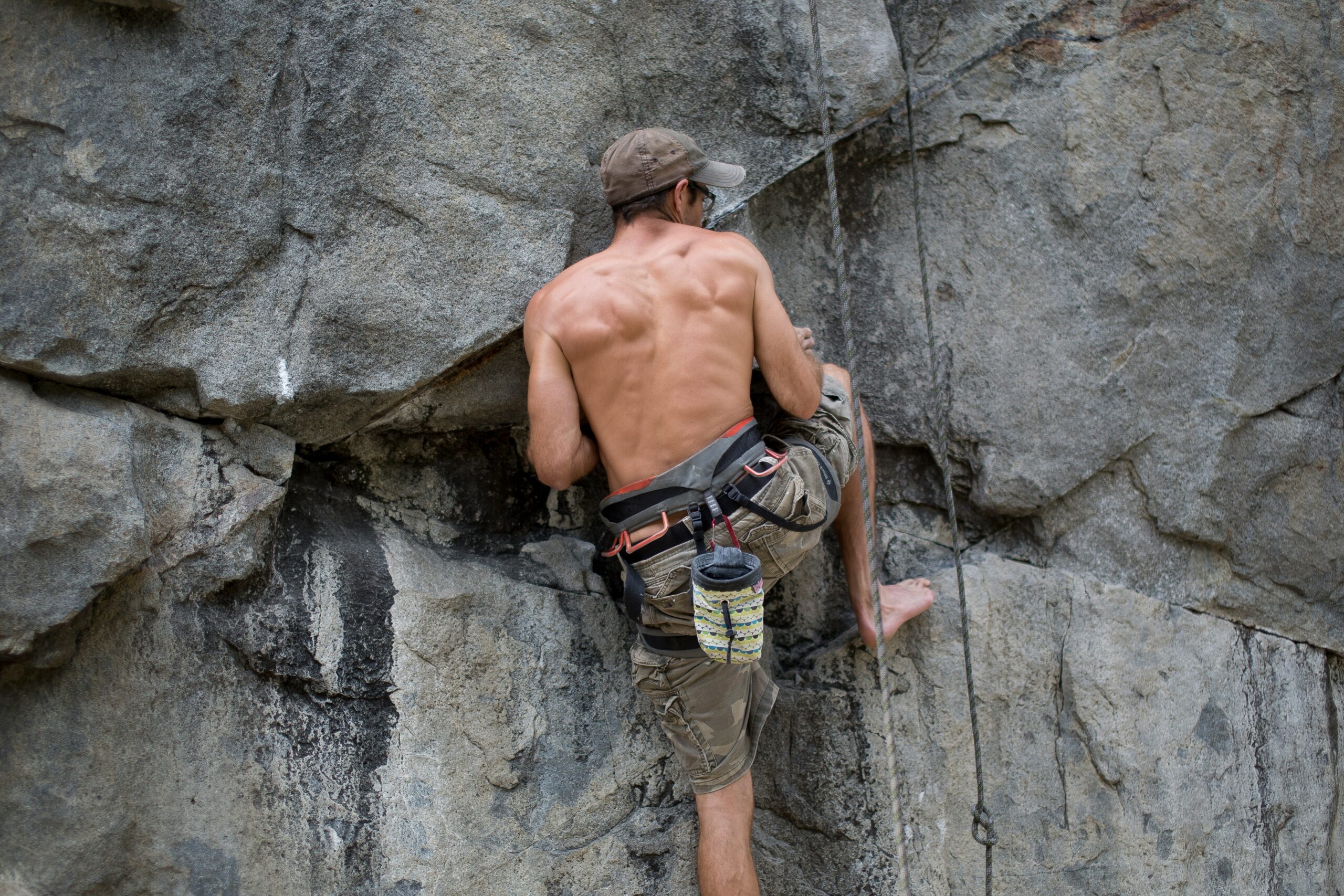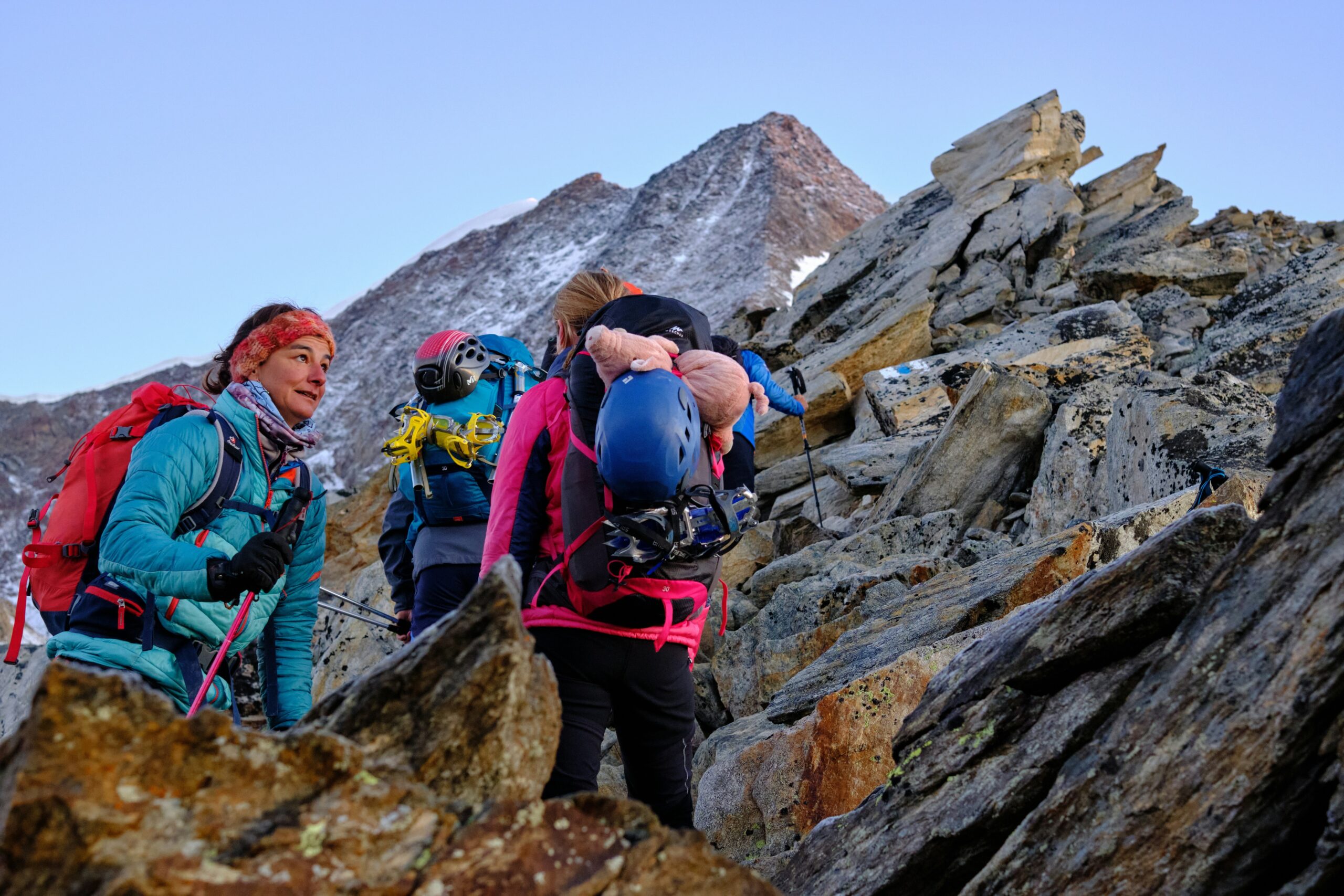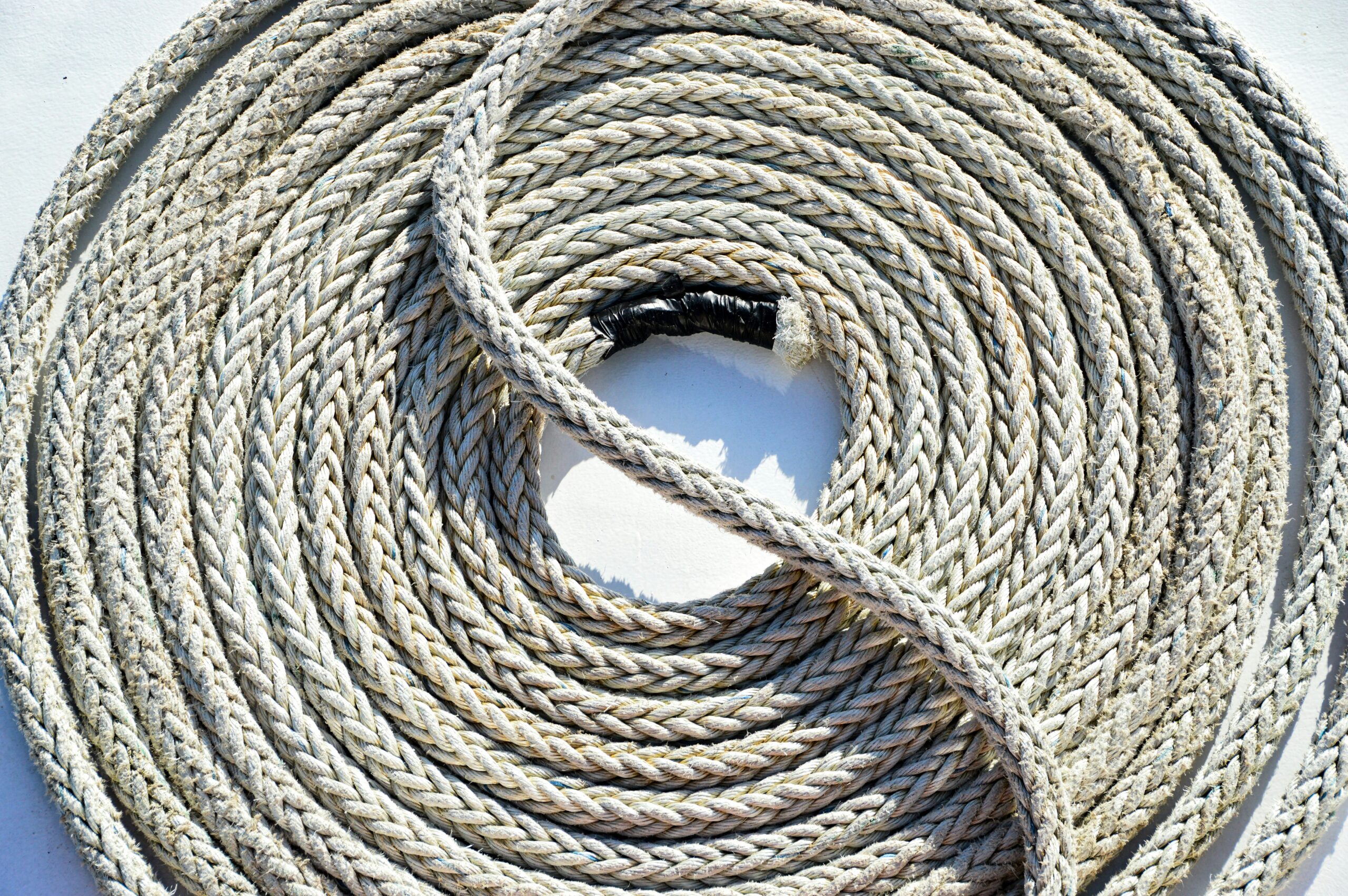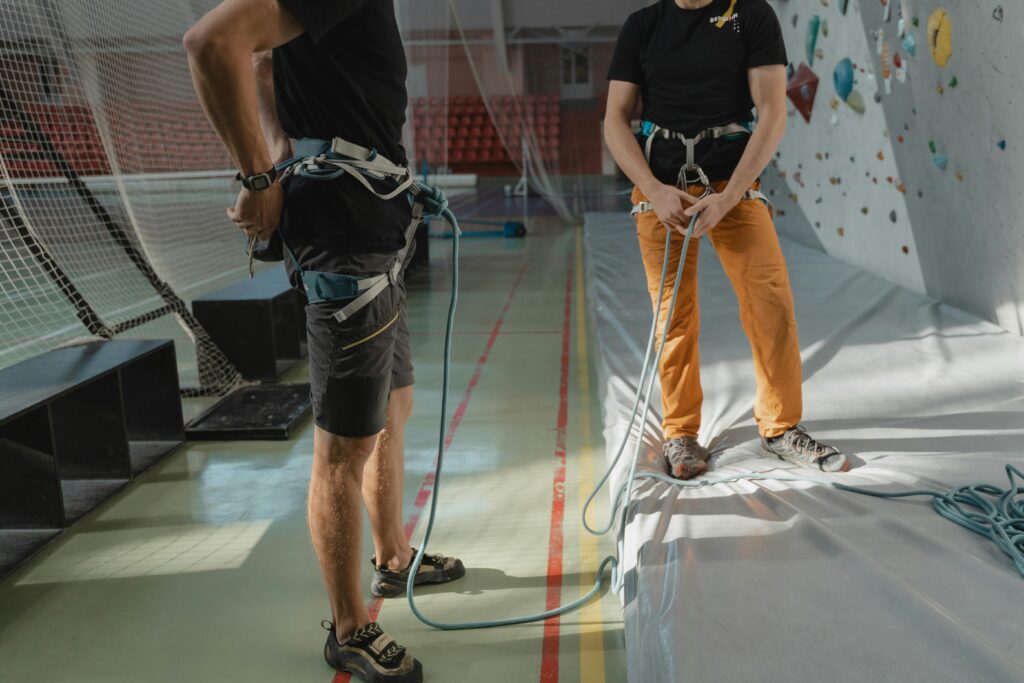Ever felt the cold sweat trickle down your spine when your belay device suddenly jammed mid-climb? You’re not alone. Rope handling is one of the most overlooked areas in climbing equipment mastery—yet, it can mean the difference between a safe descent and an unplanned freefall.
In this guide, we’ll explore everything about proper rope handling techniques, how belay devices play a pivotal role, and actionable best practices you can implement today. By the end, you’ll learn:
- The biggest mistakes climbers make with their ropes.
- A step-by-step guide to flawless rope management.
- Bonus tips for optimizing your use of climbing belay devices.
Table of Contents
- Key Takeaways
- Why Proper Rope Handling Matters
- Step-by-Step Guide to Mastering Rope Handling
- Best Practices for Rope Handling & Belay Device Use
- Examples of Effective Techniques in Action
- Frequently Asked Questions
Key Takeaways
- Rope handling is more than just coiling; poor technique can compromise safety.
- Picking the right climbing belay device ensures smoother control during ascents and descents.
- Regular practice and maintenance are non-negotiables for success.
Why Proper Rope Handling Matters
Picture this: I once watched someone toss their rope into a tangled heap at the base of a climb like they were playing pickup basketball. Ten minutes later, half our group was still trying to untangle that mess while my patience evaporated faster than sunscreen on a summer hike.
Rope mishandling isn’t just annoying—it’s dangerous. A poorly managed rope increases friction, reduces control over your climbing belay device, and can even lead to gear failure under stress. And trust me, no one wants to explain why their carabiner snapped because “the rope got twisted.”
But here’s the good news: mastering rope handling doesn’t require advanced physics degrees or superhuman strength. Just attention to detail and consistent effort.

Step-by-Step Guide to Mastering Rope Handling
Optimist You: “This’ll be easy!”
Grumpy You: “Yeah, unless you’re dealing with spaghetti noodles…”
Step 1: Choose the Right Rope Coiling Technique
Not all coils are created equal. For sport climbing, go with the butterfly coil, which keeps the rope flat and minimizes kinks. Alpine coils are better suited for multi-pitch climbs.
Step 2: Inspect Your Gear Beforehand
Before heading out, check your rope for frayed sections, dirt buildup, or strange stiffness. Also, ensure your climbing belay device matches the diameter of your rope. Using incompatible gear is like wearing flip-flops to summit Everest—not smart.
Step 3: Practice Controlled Feeding
Feeding out slack smoothly makes rappelling feel less like fighting a boa constrictor. Maintain slight tension, keeping the rope aligned through your belay device as you descend.
Step 4: Avoid Crossed Ropes
Crossed ropes increase friction and may cause snags. Keep them straight by frequently checking alignment before each move.
Best Practices for Rope Handling & Belay Device Use
- Always double-check knot security before starting any climb.
- Store your rope properly after use—dry, clean, and loosely coiled.
- Use rubber bands or small straps to keep loose ends from tangling.

Examples of Effective Techniques in Action
Let’s talk about Sarah, a seasoned climber who struggled with sudden rope jams until she switched to a modern assisted braking belay device paired with regular rope inspections. Her accident rate dropped by 70%, proving that upgrading tools and habits goes a long way.
Frequently Asked Questions
What causes rope twisting?
Twisting often happens due to improper coiling or feeding techniques. Ensure consistency in how you handle the rope throughout the climb.
How do I know if my belay device is compatible with my rope?
Refer to the manufacturer’s guidelines—they typically specify the acceptable rope diameters for optimal performance.
Can wet ropes affect climbing belay devices?
Yes! Wet ropes increase weight and friction, making maneuvers harder. Always dry ropes thoroughly post-climb.
Conclusion
Mastering rope handling best practices takes time, but it pays dividends in both safety and efficiency. Remember, choosing the right climbing belay device—and using it correctly—is only part of the equation. Pair it with smart rope care and discipline, and you’ll soon find yourself breezing through routes like a pro.
Now get out there and show those crags who’s boss. But first… coffee. (Grumpy optimist says so.)
Like carving initials into a tree trunk, every climbing skill leaves its mark. Except this one won’t land you in trouble with park rangers.



